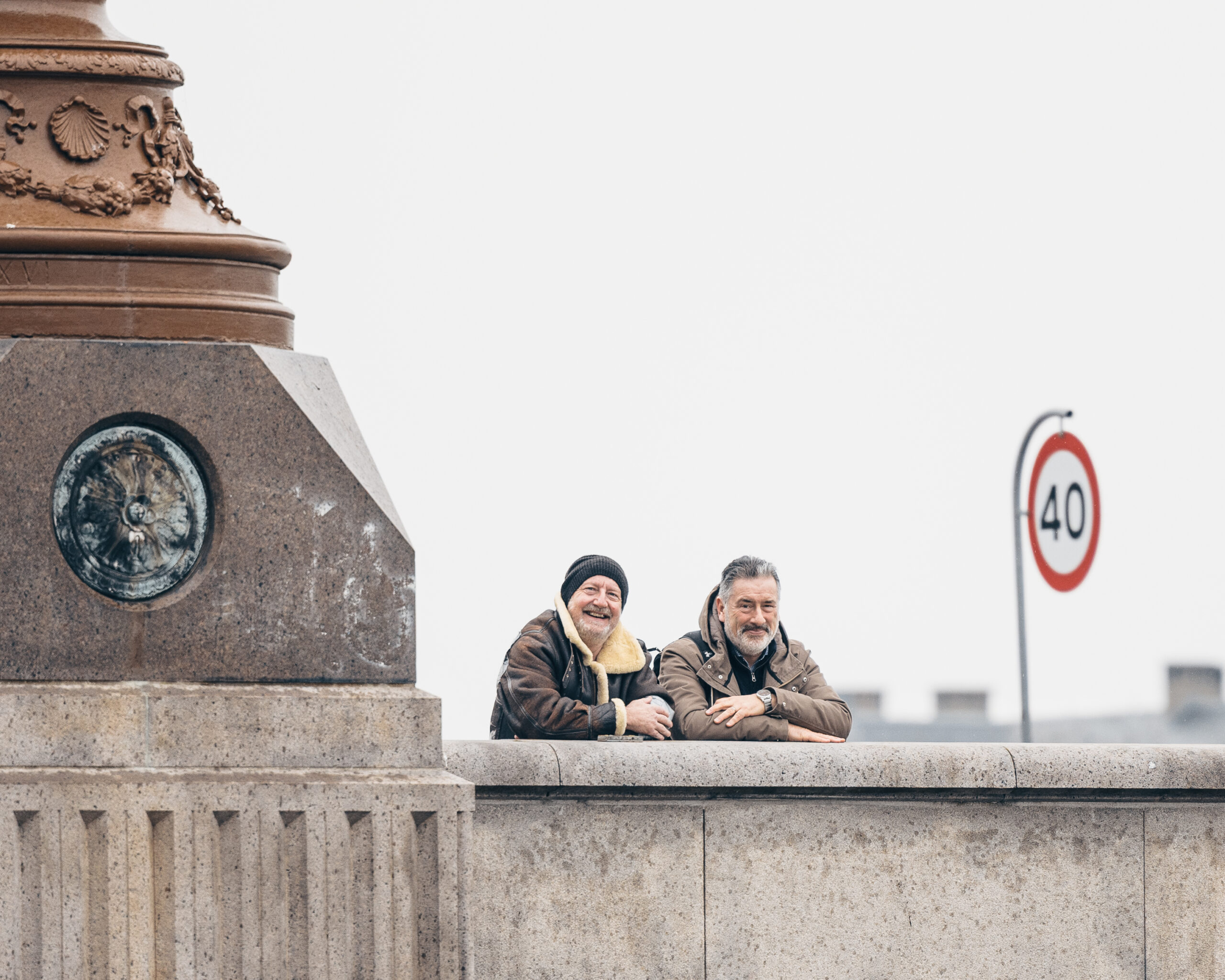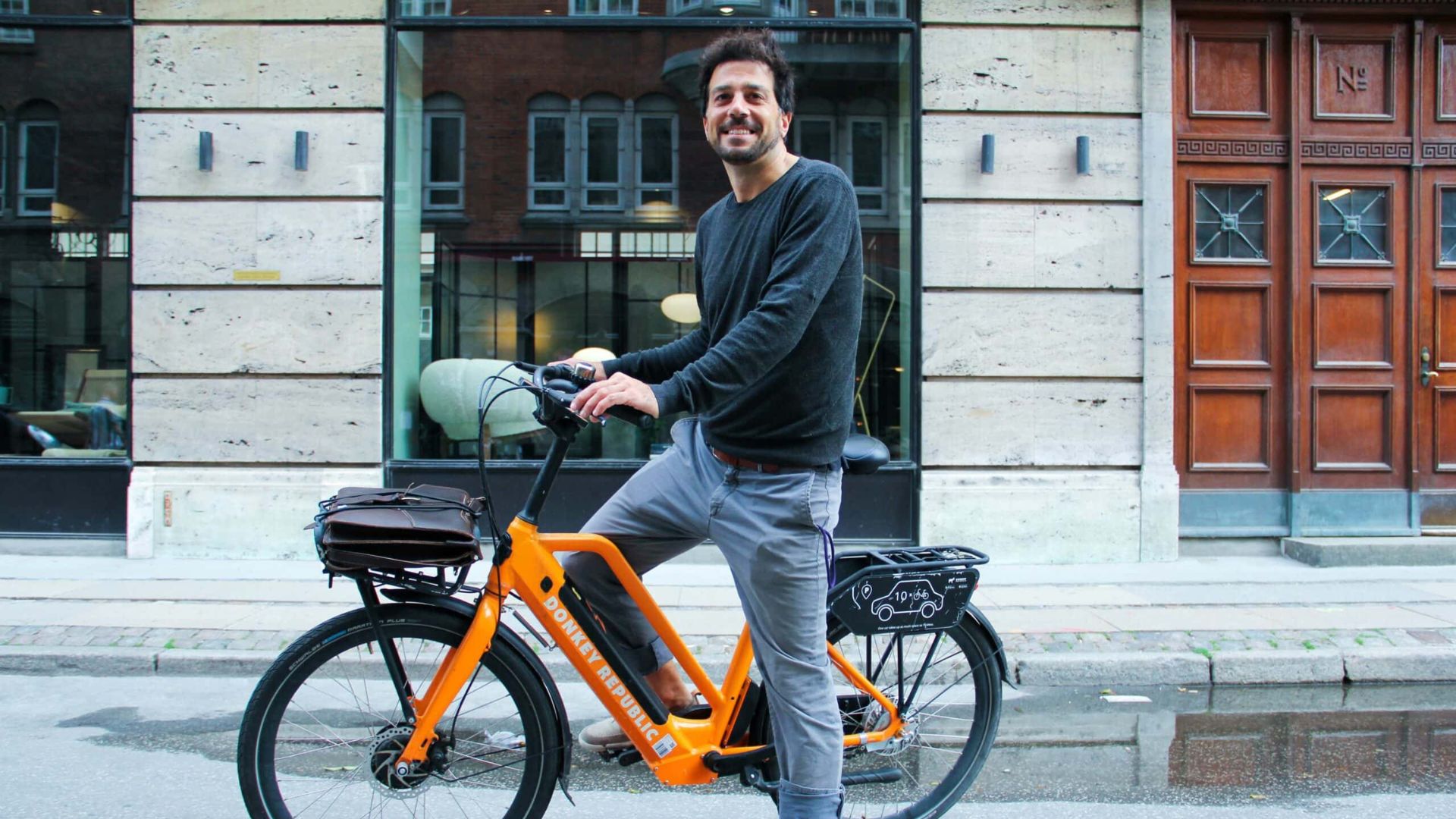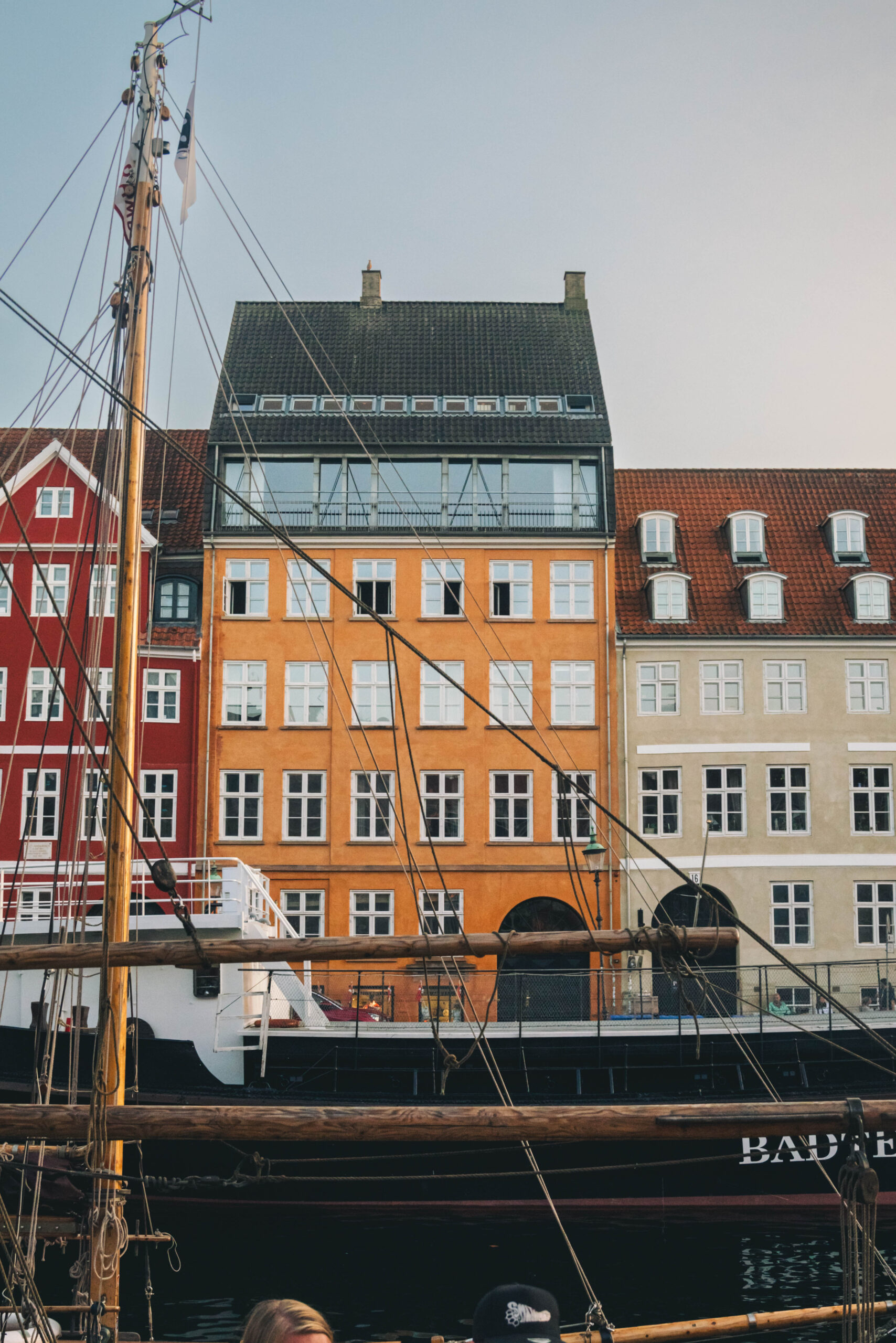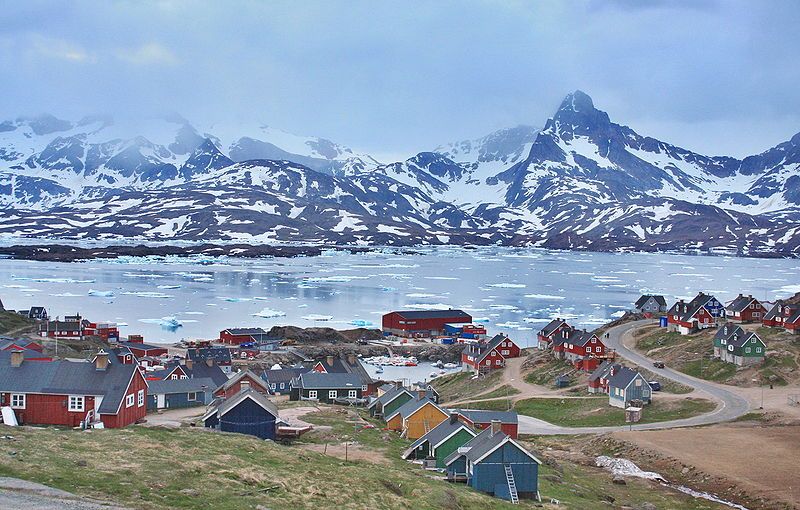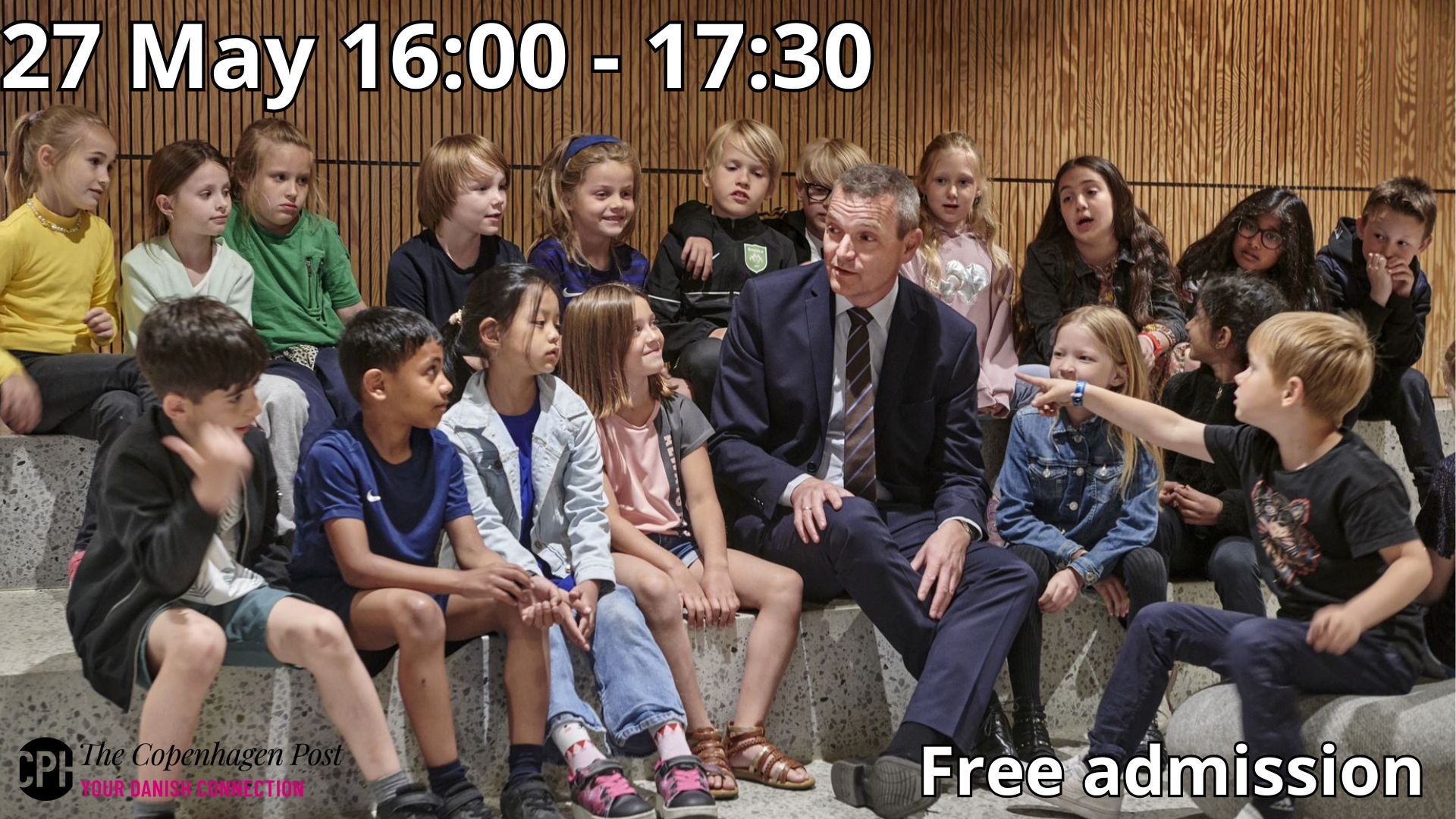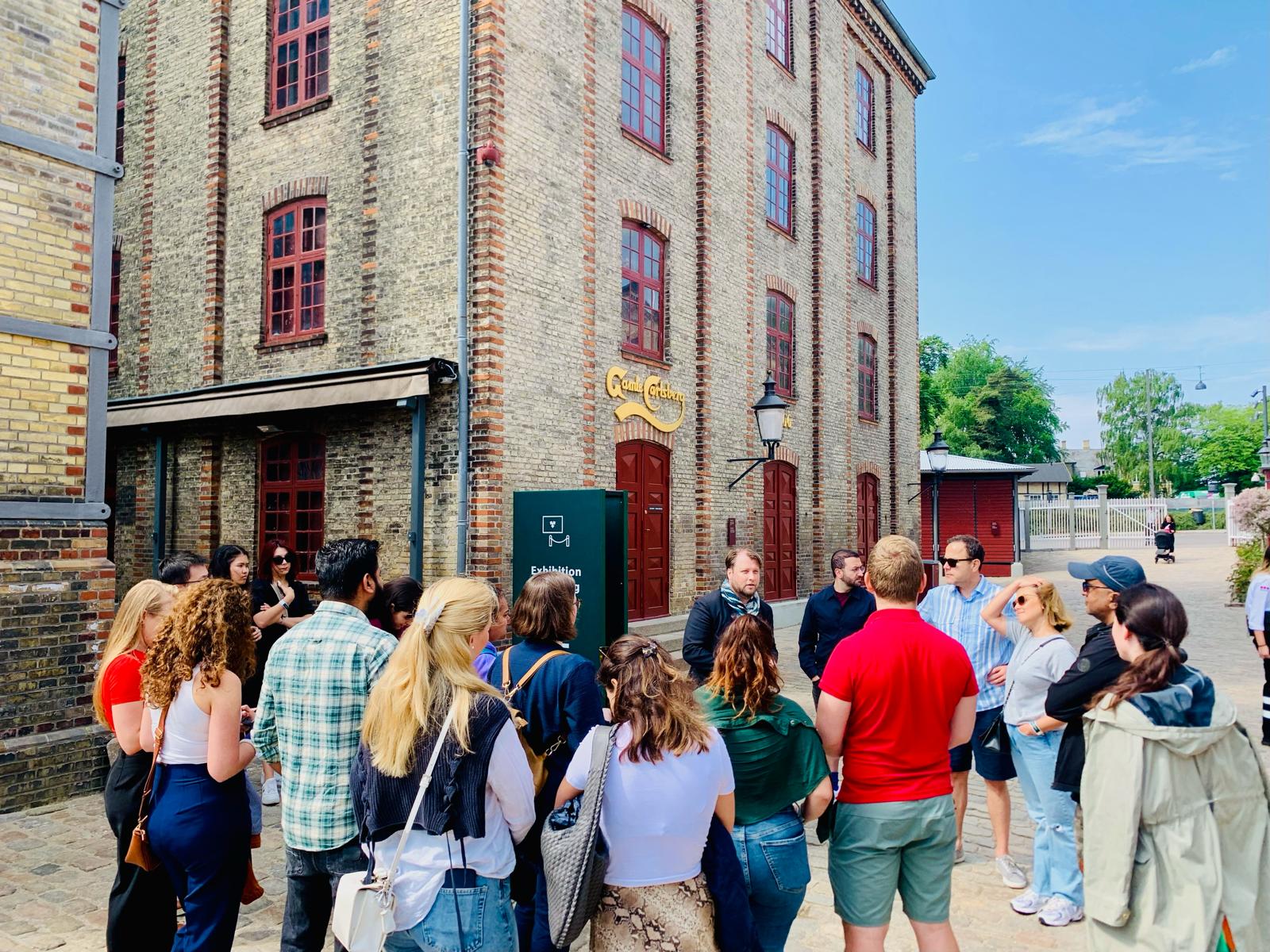 Every Tuesday for a whole year, a young architect named Jan Gehl sat in Strøget and recorded everything that took place around him. It was 1962, and Copenhagen’s main shopping street had recently been closed off to cars – a move so controversial that the then-mayor received death threats and had to be protected by bodyguards.
Every Tuesday for a whole year, a young architect named Jan Gehl sat in Strøget and recorded everything that took place around him. It was 1962, and Copenhagen’s main shopping street had recently been closed off to cars – a move so controversial that the then-mayor received death threats and had to be protected by bodyguards.
“We’re not Italians, we’re Danes; we need our cars” that was how the discussion went, Gehl told The Copenhagen Post in his 8m x 8m x 8m house in Vanløse.
Back then, when the daisies were flying and the acid was dropping around him, the time was ripe for changing cultural patterns, so the curious Gehl did something pioneering: He people-watched, observing pedestrians on Strøget. From summer to autumn, winter to spring. When there was a parade, or a protest, or when the queen waved her gloved-hand, Gehl was there to record it.
And it was largely based on his findings that Copenhagen made the shift towards bicycles and pedestrians, today earning it the right to jostle with Melbourne (another of Gehl’s protégés) for the title of the world’s most liveable city.
In Gehl’s view, making a city liveable means breathing life between the buildings. People will always fill the space, he discovered. And Strøget, which celebrates its 50th anniversary on November 17, is a perfect example of that – every year, the street crams in up to 120,000 people on the last Sunday before Christmas.
Scandinavian tourists and Jutlanders make up a large portion of that crowd, causing most ‘clever’ Copenhageners, including Gehl, to avoid Strøget and wander through its more charming offshoots. In his opinion, the nicest places, like Strøget or Venice, get crowded and commercialised because they are in such short supply. Gehl’s solution: more Venices and more nice streets in cities.
“There is nothing we like more than a city with a flourishing public life, where people use the squares, sit in cafes and stroll on the promenades,” he said.

Legacy of a lifetime
Now 76 years of age, the urban planner spends 100 days a year overseas, teaching others how to “win their cities back from the ‘motorcar’”, as he calls it.
His consulting firm’s résumé includes reshaping post-earthquake Christchurch in New Zealand, advising almost every Australian capital city and, most recently, reinvigorating post-Communist Moscow.
These cities appoint Gehl to improve their public spaces and conditions for pedestrians, or to ‘Copenhagenize’ urban life. While some hurriedly take Gehl’s recommendations on board – “They did the things we suggested for New York before we even finished the sentence” – other plans get shelved, like in London: “They have done nothing. Because that’s not the British way,” he said.
In New York – where his firm’s suggestions included introducing new bike lanes and blocking off parts of Broadway to cars – they even dub the new bike paths ‘Copenhagen lanes’, Gehl said. While cyclists are speedily overrunning the Big Apple’s streets – nearly 20,000 locals, more than double the 2006 tally, routinely cycled to work last year – the change in Copenhagen was far gentler. “If you do it slowly and don’t tell anyone, no-one will notice it,” Gehl said.
And that is exactly what happened. Gehl remembered it being easy to find a car park in Copenhagen’s city centre at the start of his career, but it gradually became impossible for cars to drive through the centre, and car parks started disappearing. “If the cars can’t park, they won’t come,” Gehl remembers one of his former colleagues saying, adding that Copenhagen had come a long way since the ‘70s when the bustling tourist stretch, Nyhavn, was indeed a parking lot.
Planning for people
In his living room plastered with artwork, and with a floor-to-ceiling bookshelf stacked full – quite possibly with books that he wrote – Gehl explained everything diagrammatically. He drew maps on the table with his fingertips, and he moved this reporter’s dictaphone to characterise a building on his imaginary grid.
Labelling the layout of central Copenhagen as a “walking system”, Gehl said the speciality of combining cities and people was originally “a Danish thing”. “We were the ones who started to take this interest in people and then export it around the world,” he said.
And Gehl is still exporting his people-focused philosophy today. “I only do it because I love it and I think what I can bring is valuable,” he said.
There were several reasons Gehl first started exploring the ‘people issue’ in cities. One was marrying his wife Ingrid, a psychologist who engaged him in countless conversations about the human side of architecture. They wondered how what we build influence our lives and what we do.

Another was when a Christian man from the firm Gehl worked for in 1962 demanded a home that was “good for people”. “We went into a panic because we thought: what would that mean?” Gehl said. “And we ended up designing something that was never built because it was too progressive.”
Copenhagen has taken a lot of small steps since then. Steps that mean Gehl’s eight-year-old granddaughter can now follow a footpath all the way to school.
Seeing children in the streets is a telling sign of how liveable the city is today, according to Gehl. He illustrated his point by re-enacting a conversation with a Vietnamese woman who had recently visited Copenhagen. “She asked me, ‘Are you having a baby boom? I saw so many babies when I was there.’”
She had seen toddlers in bicycle buggies, kids learning to ride, clusters of kindergarten children and mums and dads pushing prams around while they, Gehl added, “endure a year of parental leave, and what more can you do than push a pram around?”
Though the woman’s hypothesis was incorrect, it got Gehl thinking. “I suddenly realised that what she saw was different from what she was used to,” he said. “I think it was a beautiful way of explaining what a people-orientated city Copenhagen is.”


